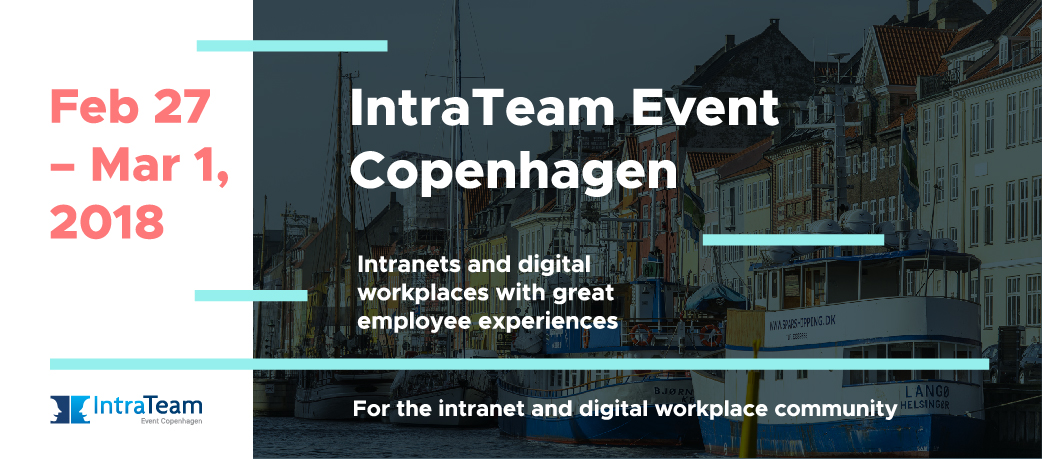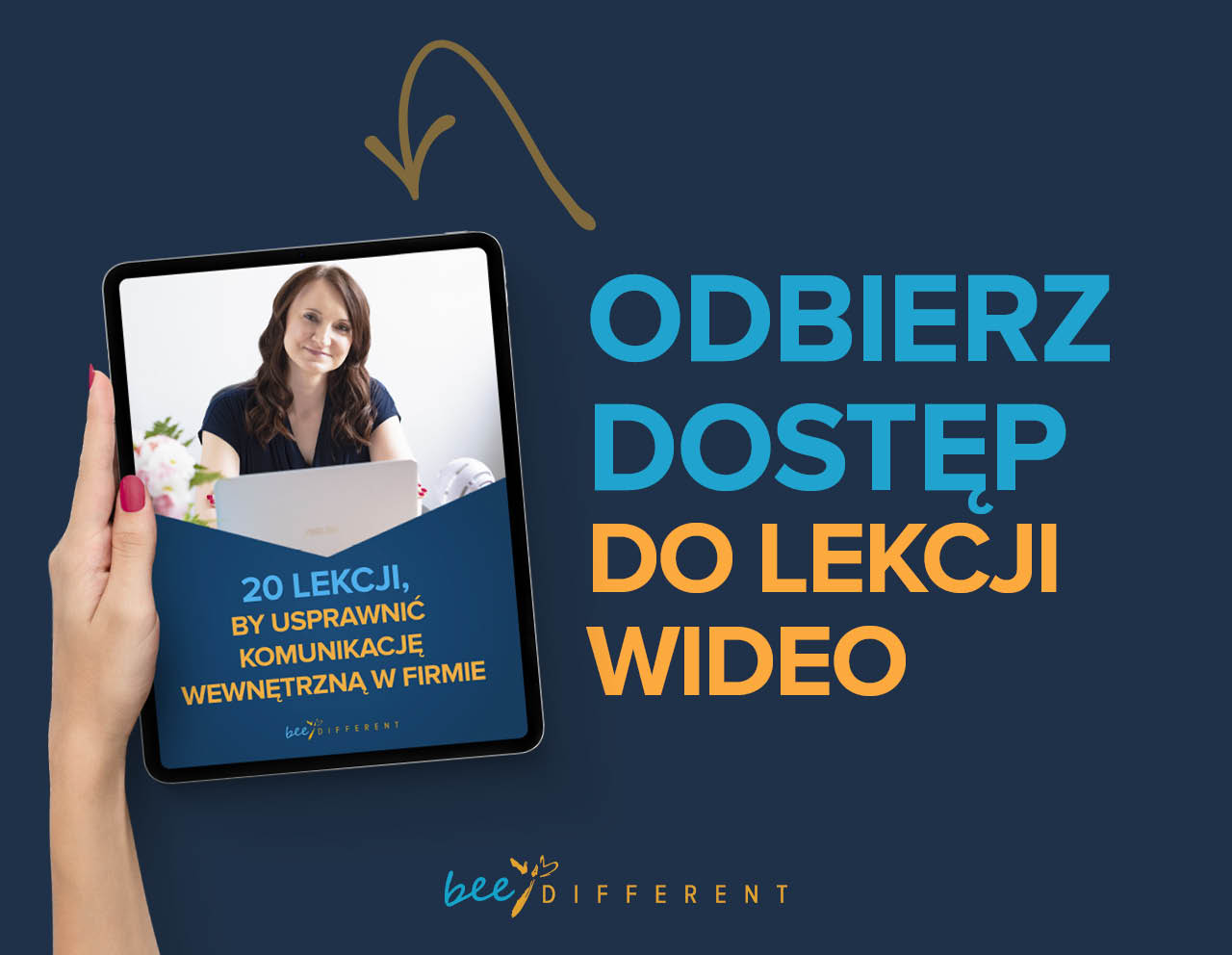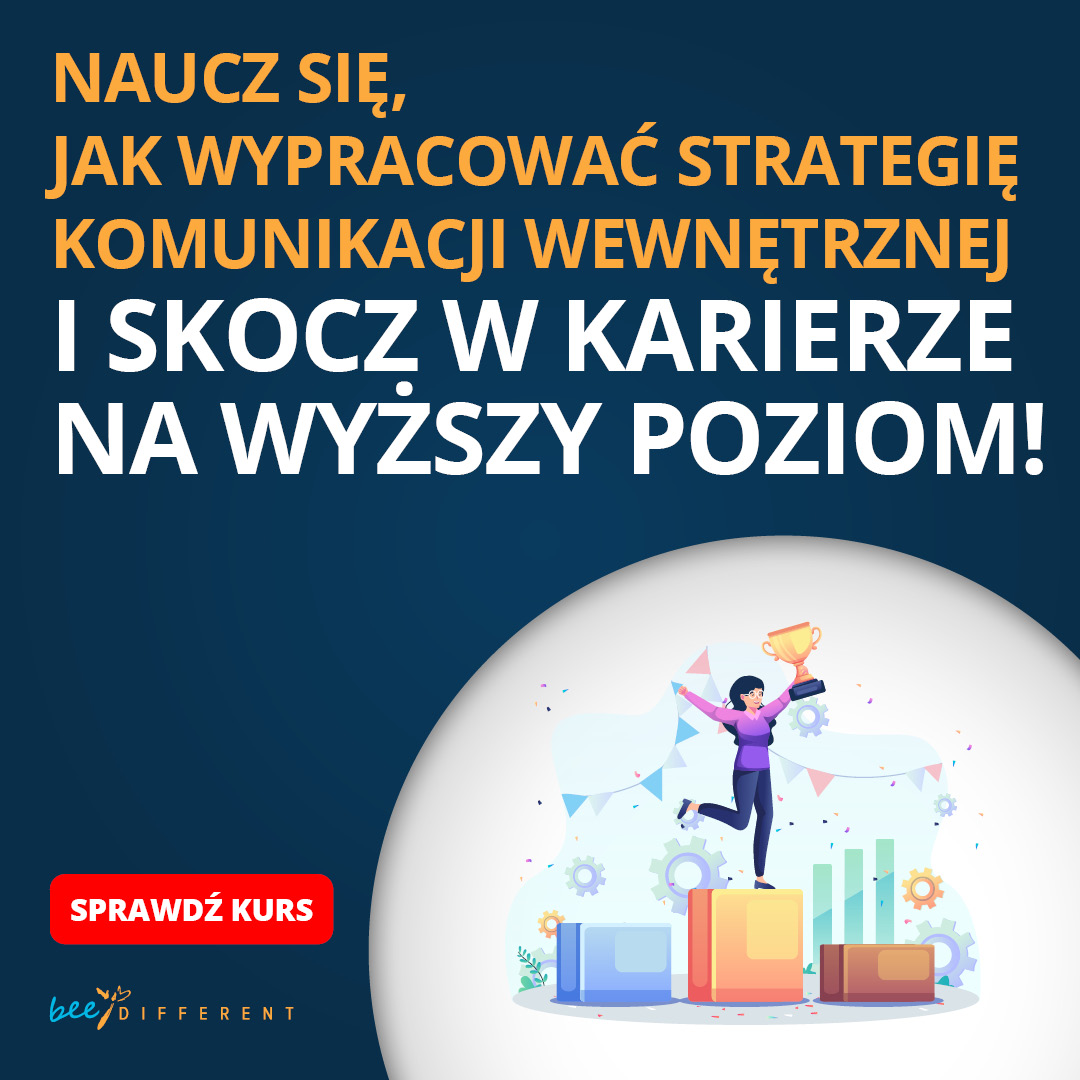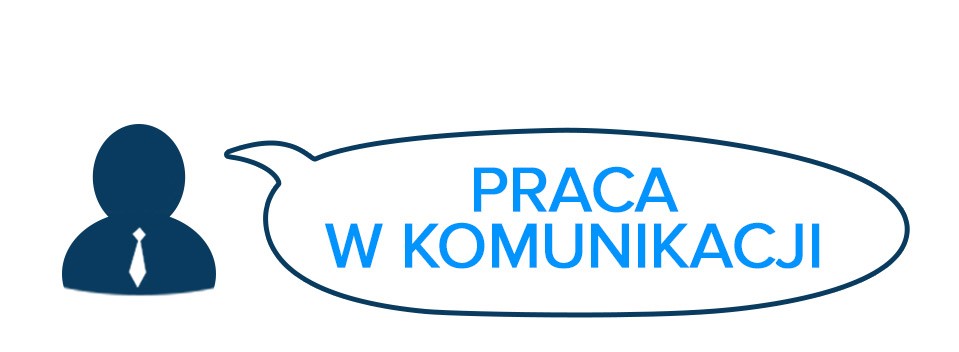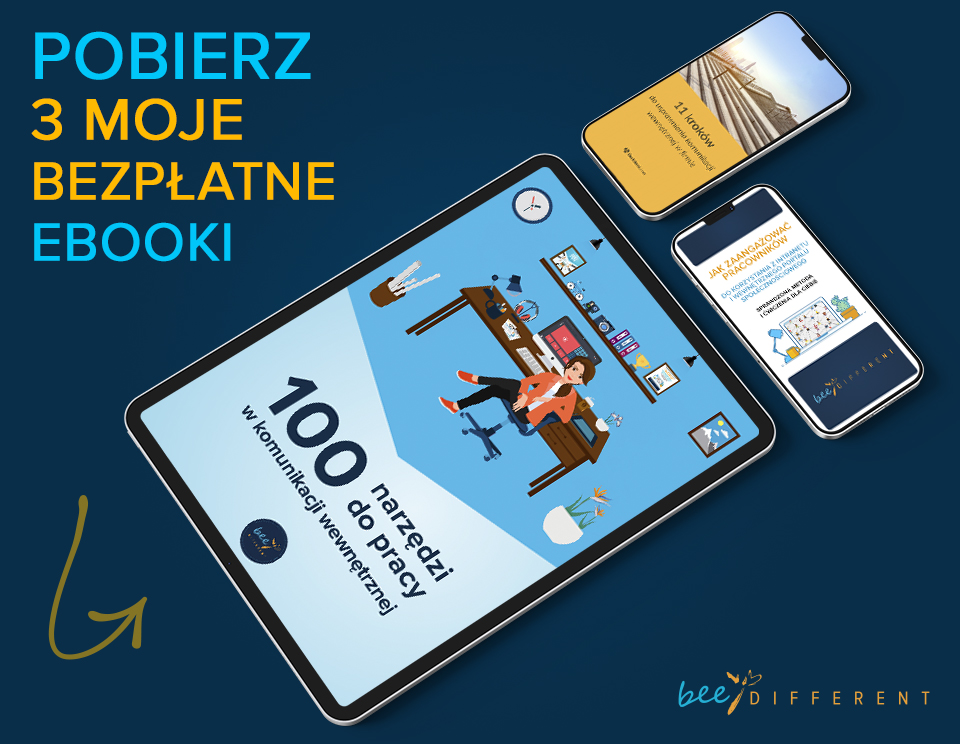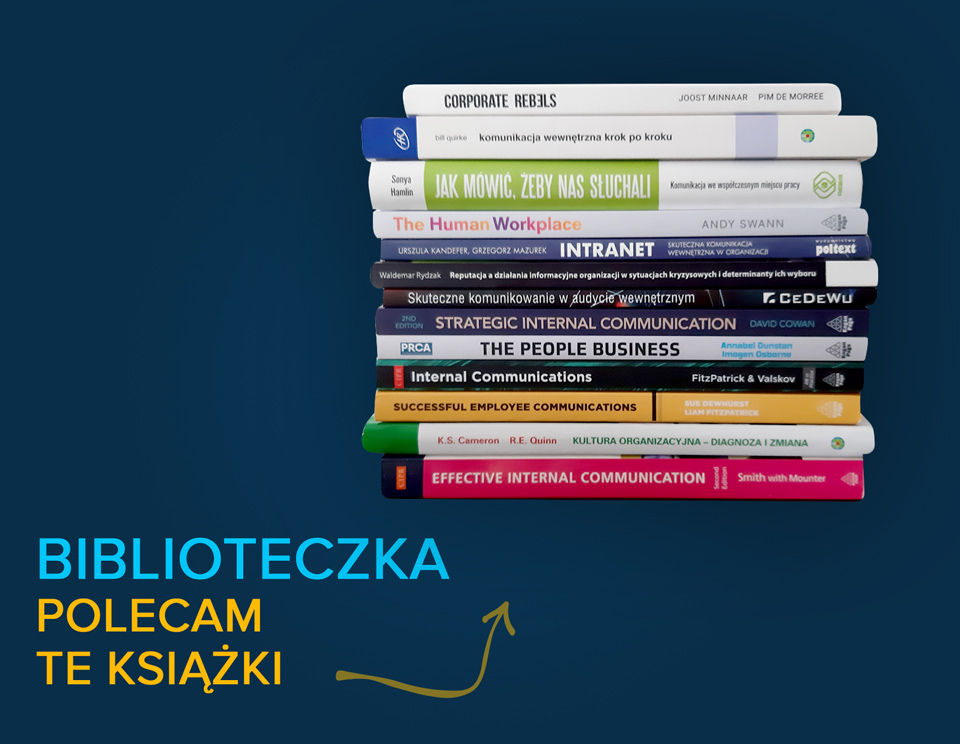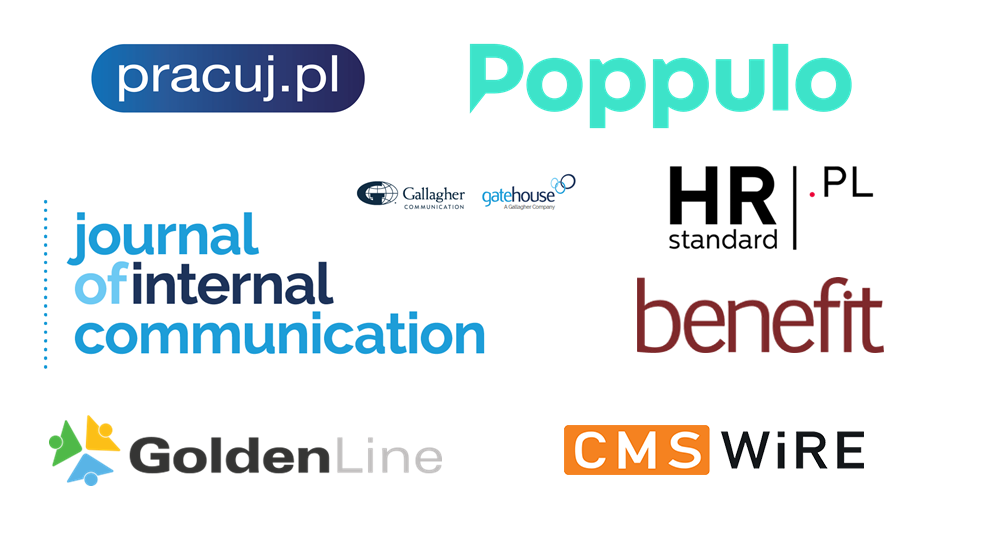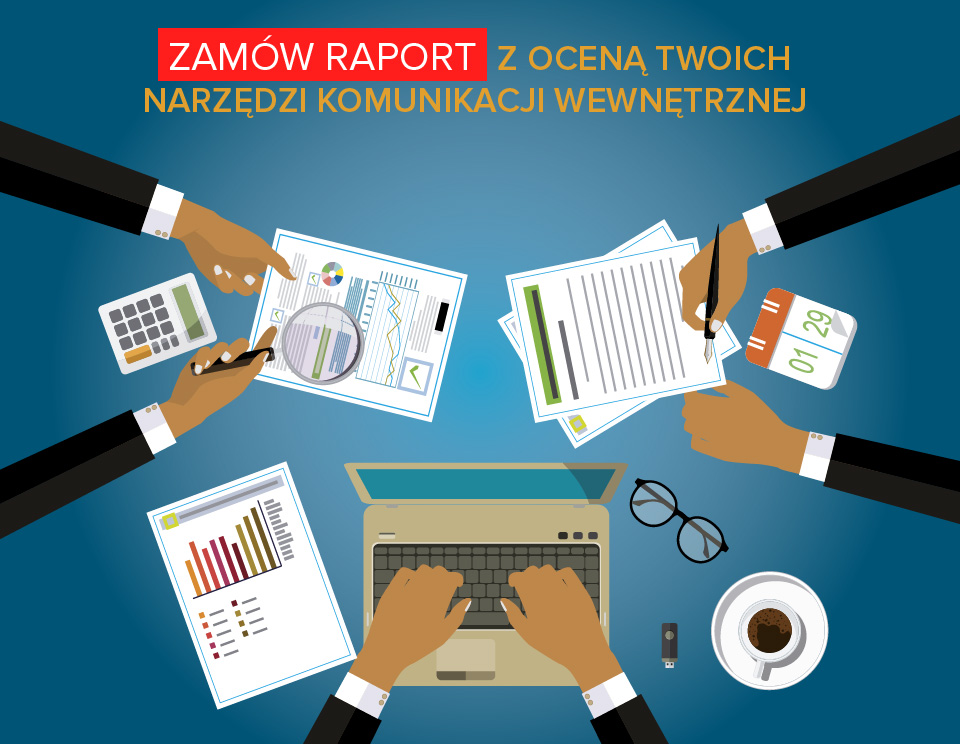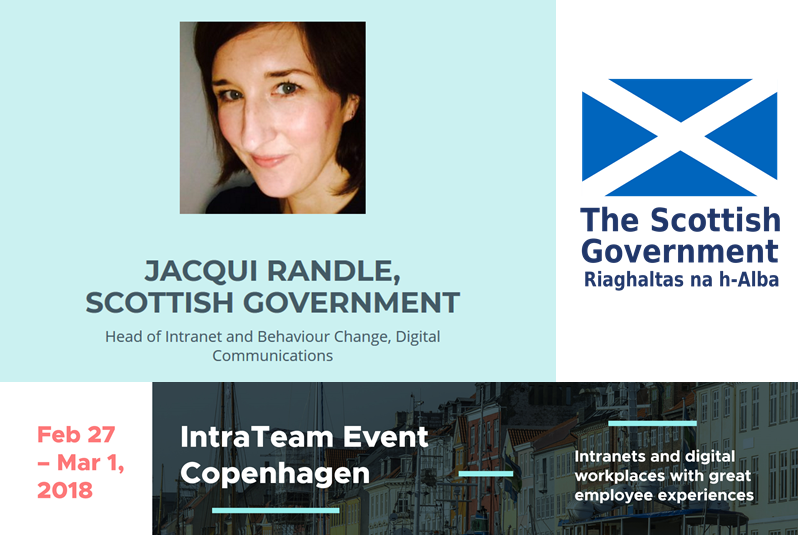

How to create an award-winning intranet? I talked about it to Jacqui Randle, Head of Intranet and Behaviour Change, Digital Communications at the Scottish Government. Jacqui and her team are responsible for transforming their intranet into a new digital workplace. Their new platform called Saltire won a gold global award at the StepTwo Intranet and Digital Workplace Awards 2017.

The Scottish Government employs around 6,000 employees in the core Scottish Government, plus another 11,000 in executive agencies, and many more if we include about 130 affiliated public bodies. Its employees work across a vast array of roles, from corporate services roles like HR or IT, to policymakers, to people out in the field, like agricultural and marine officers.
It's a challenge to create a useful intranet for so many divisions and employees with different communication expectations and needs. I asked Jacqui how to do it. She also shared with us her tips on how to persuade employees to be digital and explained why content was key.
Jacqui will be presenting this case at IntraTeam Event in Copenhagen on March 1st, 2018.

Jacqui Randle, Head of Intranet and Behaviour Change, Digital Communications
at the Scottish Government
This interview is also available in Polish: Jak stworzyć nagradzany intranet?
Maja Biernacka: I would like to ask you about your award-winning intranet Saltire. But first, please tell me more about internal communications at the Scottish Government. How is it organized?
Jacqui Randle: Our internal communications and digital communications functions sit side by side within the wider Communications Division of the Scottish Government. We’re a small team, delivering everything from the day to day running and continuous improvement of our intranet, to writing corporate news, managing events, supporting our Executive Board and handling media enquiries. My role is within the Digital Communications team, but I work closely with internal comms. I’m responsible for our intranet and for encouraging civil servants in Scotland to use digital technology to engage more effectively with the public, with stakeholders and with each other. It’s probably symbolic that my background is in employee engagement and organizational change, and not in IT; we know that you can have the best digital workplace in the world, but if you don’t change behaviours to encourage employees to adopt it, then it’s a waste of resources.

The homepage of Saltire - the Scottish Government’s intranet
MB: How did you transform the Scottish Government’s intranet into the digital workplace?
JR: We’ve come a long way over the past two or three years. We’ve chopped back our unwieldy content from 50,000 to 5,000 pages, assessing and re-writing each page to ensure it is task-focused. We’ve used a shared service approach that means Saltire can meet the bespoke needs of our agencies. Our homepage is host to apps and widgets that make it easier for people to do their jobs. Next, we’re working to improve integration between Saltire and our corporate systems, for example the system we use for answering ministerial correspondence and respond to freedom of information requests.
We’ve made some great progress in encouraging staff to use Yammer – nearly all staff now have a Yammer account, purely through their own volition - there’s no mandate. And around 40 per cent of them are active on Yammer on a regular basis. Next, we want to integrate Yammer more closely with our intranet homepage to help enable the employee voice within our organization.

One of the teamsites on Saltire
We’re also about to embark on the next phase of our digital workplace transformation. Saltire as an intranet was only the start and we’re putting in place the structures and practices needed if we’re to evolve our digital estate and deliver a holistic workplace that merges the physical and digital spaces. We have ambitious programmes of work already underway to deliver smarter, collaborative, digital ways of working that better meets the needs of civil servants and of a modern government. What’s key, is thinking about this collectively and working to a shared vision using the vast array of talent and experience across many parts of government.

Homepages for the agencies which use the shared service model
MB: How were your employees involved in the process of transformation?
JR: Our employees have influenced the redevelopment of Saltire from day one. Previously, our intranet was packed full of unnecessary and out-of-date information and we had little evidence to suggest that it met the needs of our users. Now, it is a task-focused, slimmed down, user-driven intranet which has gone through rigorous internal and external user testing. All content is written centrally to ensure high quality. We’ve taken our users with us every step of the way, working out loud through Yammer and seeking constant feedback on new developments, from the look and feel of the logo to the design of new apps. We respond to every bit of feedback we receive, because we firmly believe that you should never launch and leave new technology. To be successful you need to manage communities, nurture dialogue, continually improve and test and reassess iteratively through small scale changes.
MB: Your intranet won the StepTwo Intranet and Digital Workplace Gold award 2017 – congratulations. How is your new tool organized? Which functionalities are available there?
JR: Alongside corporate news and some permanent links, our new homepage is made up of self-selected apps which users can choose to turn on or off. These provide easy access to the outlook calendar, bus timetable, vacancies, annual leave information and the lunch menu.
During our transition all content was reassessed and, where a user need was established, rewritten. We have a clear three tier navigation structure to make it easy to find content, and the emphasis on producing well-written content, using good Search Engine Optimisation principles, means the search works too.
Saltire also gives public bodies their own stand-alone intranets with shared content as necessary. It’s based on a shared service model, creating a usable platform for organisations across the wider Scottish public sector, who are using our guidelines to produce their own content.
MB: How did you persuade your employees to use the new platform?
JR: We’ve focused on encouraging employees to use the collaborative aspects of our digital workplace like team spaces, our enterprise social network, blogging and, (hopefully one day!), vlogging. We want to use digital communication to enable the employee voice, and we want to help our senior leaders to harvest the value of that.

My Workplace contains all the information the employees need to perform daily tasks, from booking leave to recruiting a new staff member
One lesson we’ve learned is to do everything based on insight. It’s pointless trying to persuade people of the benefits of the digital workplace from your perspective. You need to get under the skin of what they perceive to be the benefits or barriers – real or imagined – that influence their adoption of any system or tool or behaviour. So research is totally essential.
For example, we found that some staff have little time to log into Yammer as they are constantly on the move. We developed a Digital Friends mentoring scheme which helps them with simple tasks like downloading the Yammer app.

A poster advertising the ‘Digital Friends’ mentoring scheme
We’ve also found that it pays to concentrate your efforts on your early adopters and the early majority who want to follow their example. Some people will never adopt your digital workplace. Don’t waste resources trying to persuade them of the benefits. But don’t leave them behind, either. Different people need different ways to engage.
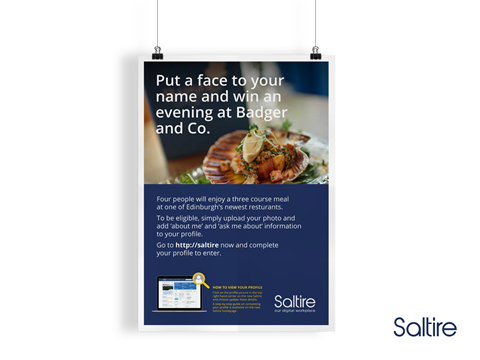
A poster promoting the competition to encourage employees to complete their intranet profiles
MB: Great pieces of advice! And my last question. What is more important for you in the IC – tools or the content?
JR: For us, content is king. Our small team of editors scrutinizes new content to ensure it has a tangible user need, and rewrites it according to user preference. It can be difficult to persuade a subject matter expert that their information doesn’t have a place on the intranet, but it’s absolutely essential if we are to maintain the quality and integrity of our content. We also set reminders to individuals to update their content regularly, so nothing goes stale. But to be honest, tools are pretty important to us, too. Our apps and widgets are helping people to do their jobs more effectively and quicker, and we will continue to invest in improvements to tools and functionality which help us to deliver better.
MB: Jacqui, good luck with developing your intranet. Thank you for taking your time to share your experience with us.
If you are looking for more case studies concerning intranets and digital workplaces, check the programme of the upcoming IntraTeam Event in Copenhagen. 11 workshops, over 30 sessions and over 30 speakers including representatives of such companies like: Deutsche Bank, Vodafone, PwC, VW, Siemens and Bayer (see all speakers) will be sharing their experiences on February 27 – March 1, 2018.
This blog post was prepared in the cooperation with IntraTeam.
Graphics: The Scottish Government, IntraTeam

